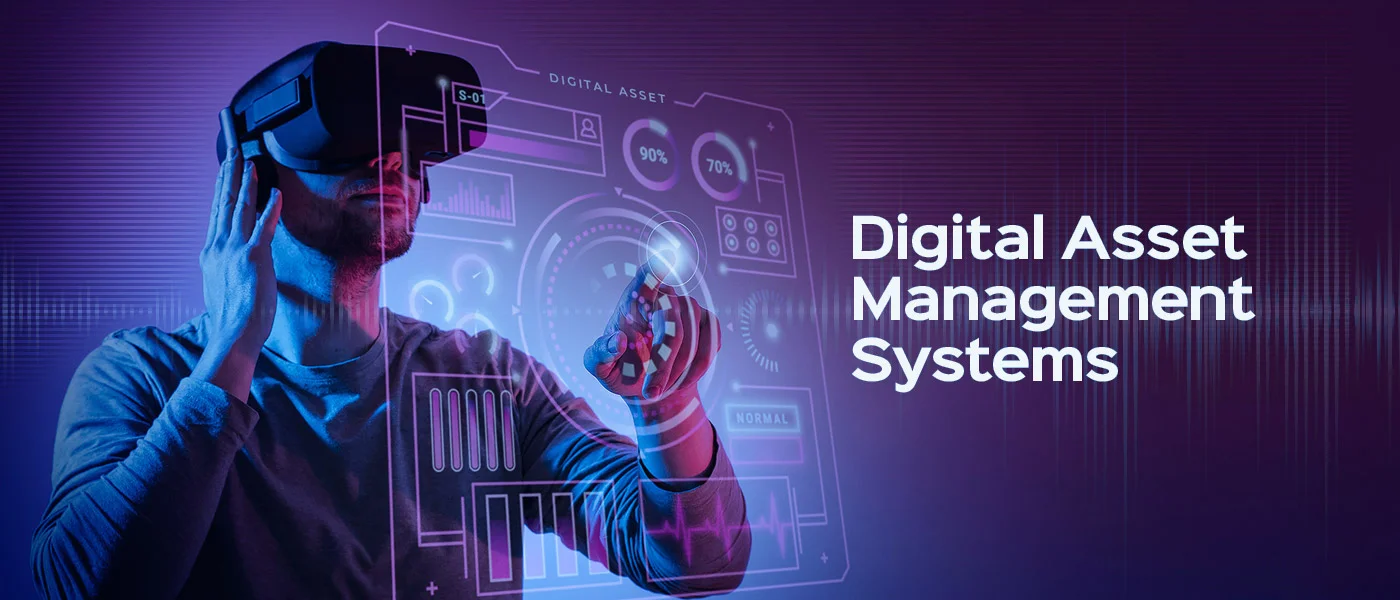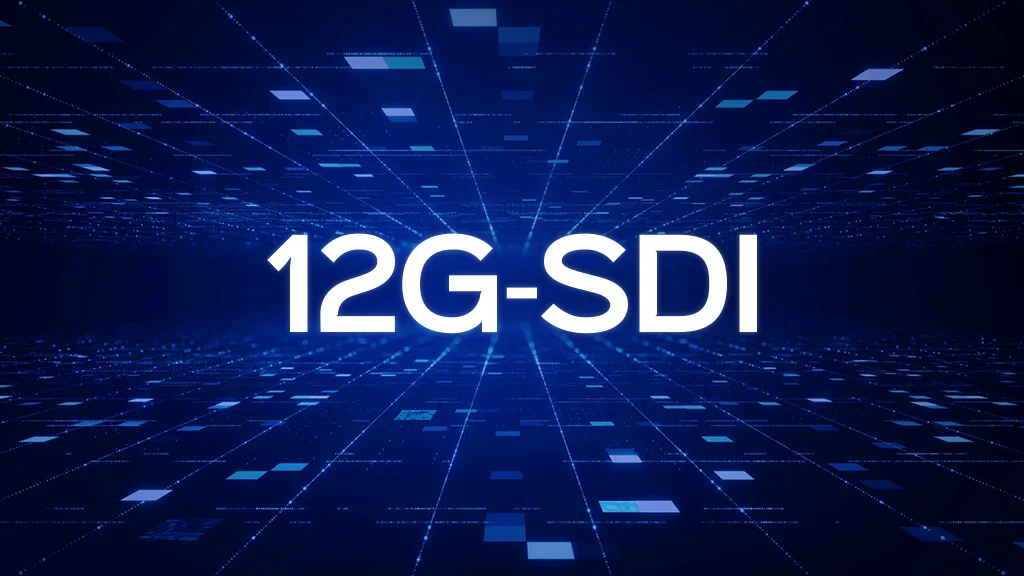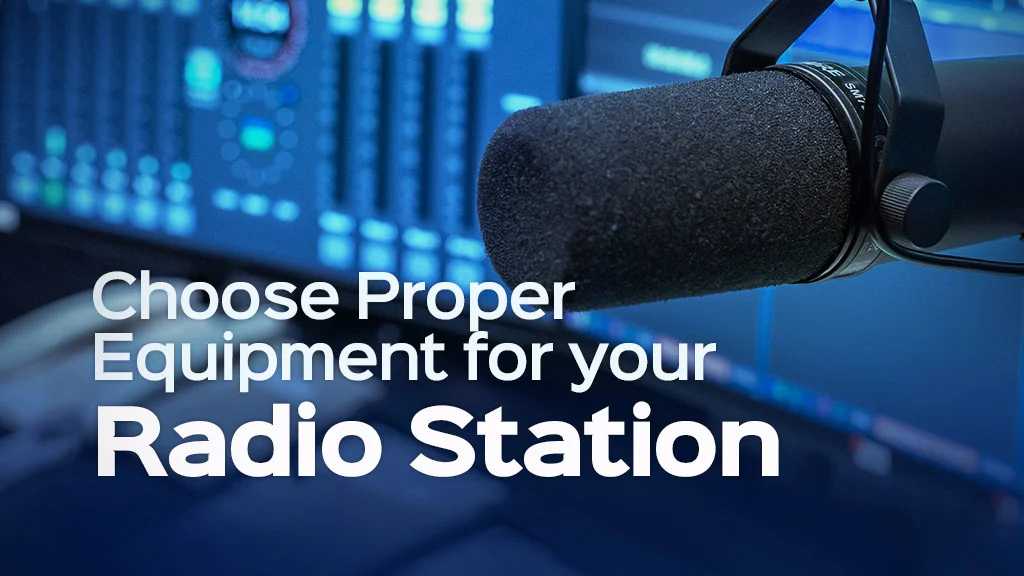
- Academy
The Essential Role of DAM in Broadcasting
Digital Asset Management (DAM) is the process of organizing, storing, and retrieving digital assets, such as images, videos, audio files, documents, and other media, in a centralized and efficient manner.
It is a critical component for businesses and organizations that rely heavily on digital content, as it helps them manage the increasing volume, complexity, and distribution of their digital assets.
In fact, Digital Asset Management Systems (DAMS) for broadcast and media production are specialized platforms designed to cater to the unique needs of media organizations, including broadcasters, production houses, and content creators.
These systems are tailored to handle large volumes of digital assets such as video files, audio clips, images, and associated metadata. In the broadcast industry and media production, DAMS play a crucial role in managing the vast amounts of digital content, including:
• Raw footage from multiple cameras and sources
• Edited video and audio files
• Graphics, titles, and other visual elements
• Program schedules and metadata
• Scripts, storyboards, and other production documents
• Marketing and promotional assets
At its core, a DAM system provides a centralized repository where all digital assets are stored, categorized, and made accessible to authorized users.
The digital asset management system features advanced search capabilities, metadata tagging, version control, and secure access controls for efficient organization and protection of digital assets. By implementing a robust DAM solution, organizations can streamline their content creation, collaboration, and distribution processes, leading to increased productivity, cost savings, and improved brand consistency.
Benefits of Digital Asset Management (DAM) for Broadcast Equipment Manufacturers
Digital Asset Management (DAM) systems can provide significant benefits for broadcast manufacturers. Here are some of the key advantages of implementing a robust DAM solution in the broadcast industry and media production:
• Integration with broadcast playout systems, enabling the seamless delivery of media assets to on-air channels and platforms.
• Support for various broadcast-specific file formats, codecs, and resolution requirements to ensure compatibility with playout systems.
• Automated content packaging and distribution to multiple delivery channels, including linear TV, OTT platforms, and social media.
• Centralized storage and organization of all digital assets, including product images, videos, manuals, datasheets, and marketing materials.
• Improved findability and accessibility of assets, reducing time and effort spent searching for necessary information.
• Streamline the review and approval processes for content creation and updates.
• Maintain version control and audit trails for all digital assets, ensuring compliance with industry regulations and standards.
• Secure access and permission management to protect sensitive product information and technical data.
• Reduce the time and costs associated with recreating or searching for existing digital assets.
• Automate repetitive tasks, such as metadata tagging, content distribution, and asset archiving, to free up staff resources for more strategic initiatives.
By implementing a comprehensive DAM solution, broadcast manufacturers can streamline their content management processes, enhance brand consistency, improve collaboration, ensure regulatory compliance, and drive overall operational efficiency.

Future Trends in Digital Asset Management for Broadcasting
The broadcasting industry is continuously evolving, and the future of digital asset management (DAM) in this sector is poised to undergo significant advancements. Here are some of the key trends and developments that are shaping the future of DAM for broadcasting:
Increased Integration and Automation
• Deeper integration between DAM systems and other broadcast workflows, such as non-linear editing (NLE) software, playout systems, and content management platforms.
• Automated ingestion and processing of media assets, including metadata extraction, transcoding, and distribution.
• Seamless cross-platform integration, enabling unified access and management of assets across multiple systems and tools.
Artificial Intelligence and Machine Learning:
• Leveraging AI and machine learning algorithms for intelligent asset tagging, categorization, and recommendations.
• Automated metadata generation based on visual and audio analysis, reducing the need for manual tagging.
• Predictive analytics and usage patterns to anticipate content needs and facilitate more efficient asset management.
Cloud-based and Hybrid Architectures
• Migration towards cloud-based or hybrid (cloud and on-premises) DAM solutions, providing scalability, accessibility, and cost-efficiency.
• Increased adoption of software-as-a-service (SaaS) DAM platforms, reducing the burden of infrastructure management and DAM software updates.
• Seamless integration between on-premises and cloud-based asset storage and processing, enabling hybrid workflows.
Enhanced Collaboration and Remote Access
• Remote collaboration and real-time asset review and approval processes, enabling geographically distributed teams to work effectively.
• Secure access to DAM systems through web-based interfaces and mobile applications, ensuring content availability anytime, anywhere.
• Improved version control and asset sharing capabilities to support collaborative content creation and editing.
As the broadcasting industry continues to evolve, the future of DAM will be shaped by these trends, allowing broadcasters to enhance their operational efficiency, improve content management, and deliver more engaging to their audiences.
Read also :
Media Archive Management Solution
How DAM Systems Support the Broadcast Industry
Digital Asset Management (DAM) systems play a crucial role in supporting the various workflows and processes within the broadcast industry.
Storage and organization
DAM systems provide a central repository for storing and organizing large volumes of digital media assets, such as video clips, audio files, and images. This makes it easy for broadcast professionals to quickly access the content they need for various production tasks.
Metadata management
DAM system allow users to add descriptive metadata to digital media files, making it easier to search for specific content based on criteria such as keywords, dates, or file types. This helps broadcasters efficiently locate and retrieve the right assets for their productions.
Collaboration and workflow management
DAM systems facilitate collaboration among broadcast team members by providing tools for sharing and reviewing media assets. Workflows can be streamlined with features that enable users to assign tasks, track project progress, and manage approvals within the system.
Rights management
Broadcasters often deal with licensed content that has usage restrictions or expiration dates. DAM systems can help manage these rights by tracking licensing information associated with each asset, ensuring compliance with copyright laws and contractual agreements.
Distribution capabilities
With DAM systems, broadcasters can easily distribute their media assets to various platforms and channels while maintaining control over access permissions and usage rights.
Asset Reuse and Repurposing
• Comprehensive search and discovery capabilities to help users quickly locate and access relevant assets for repurposing and reuse.
• Automated tools for reformatting and resizing media assets to meet the requirements of different platforms and distribution channels.
• Facilitating the creation of derivative works and new content by leveraging existing media assets.
By implementing a robust DAM system, broadcast organizations can streamline their content management processes, improve collaboration, ensure compliance, and drive the efficient reuse and repurposing of valuable media assets – ultimately enhancing their overall operational efficiency and competitive edge.

The Growing Importance of DAM in Broadcasting
The broadcasting industry has witnessed a significant transformation in recent years, driven by the increasing digitalization of media production, distribution, and consumption. As a result, the importance of Digital Asset Management (DAM) in the broadcasting sector has grown considerably. Here are some key factors highlighting the growing importance of DAM in the broadcasting industry:
Explosion of Digital Content
The proliferation of digital media formats, resolutions, and devices has led to an exponential growth in the volume and complexity of digital assets, including videos, audio files, images, and graphics.
Broadcasters need to effectively manage and distribute this ever-increasing pool of digital content across multiple platforms and channels.
Multichannel Content Distribution
Broadcasters are required to deliver content to a wide range of platforms, including traditional linear TV, on-demand streaming services, social media, and digital platforms.
Efficient DAM systems enable the repurposing and reuse of media assets, ensuring consistent brand presentation and user experience across various distribution channels.
Metadata Management and Discoverability
Effective metadata management is crucial for broadcasters to organize, categorize, and quickly locate the right media assets.
Advanced DAM systems leverage artificial intelligence and machine learning to automate metadata extraction, tagging, and classification, improving asset discoverability and reusability.
Rights and Compliance Management
Broadcasters must adhere to strict legal and regulatory requirements, including copyright laws and content licensing agreements.
DAM systems play a vital role in managing rights and permissions, ensuring compliance, and maintaining detailed audit trails of asset usage and distribution.
Operational Efficiency and Cost Savings
Centralized asset management and the elimination of redundant content creation can result in significant cost savings for broadcasters.
DAM systems streamline various workflows, reduce the time and effort required for asset retrieval, and facilitate the reuse of existing media assets.
Media asset management (MAM) systems are commonly used by media companies, marketing agencies, and other organizations that deal with large volumes of digital media. They help streamline workflows by centralizing the storage of media assets and providing easy access for content creators and other stakeholders.
Samim Group is a leading provider of media asset management (MAM) solutions for the broadcasting and media industries. Samim Group’s solutions are designed to address the unique challenges faced by media and broadcasting organizations, helping them streamline their content workflows, improve collaboration, and enhance their overall operational efficiency.









